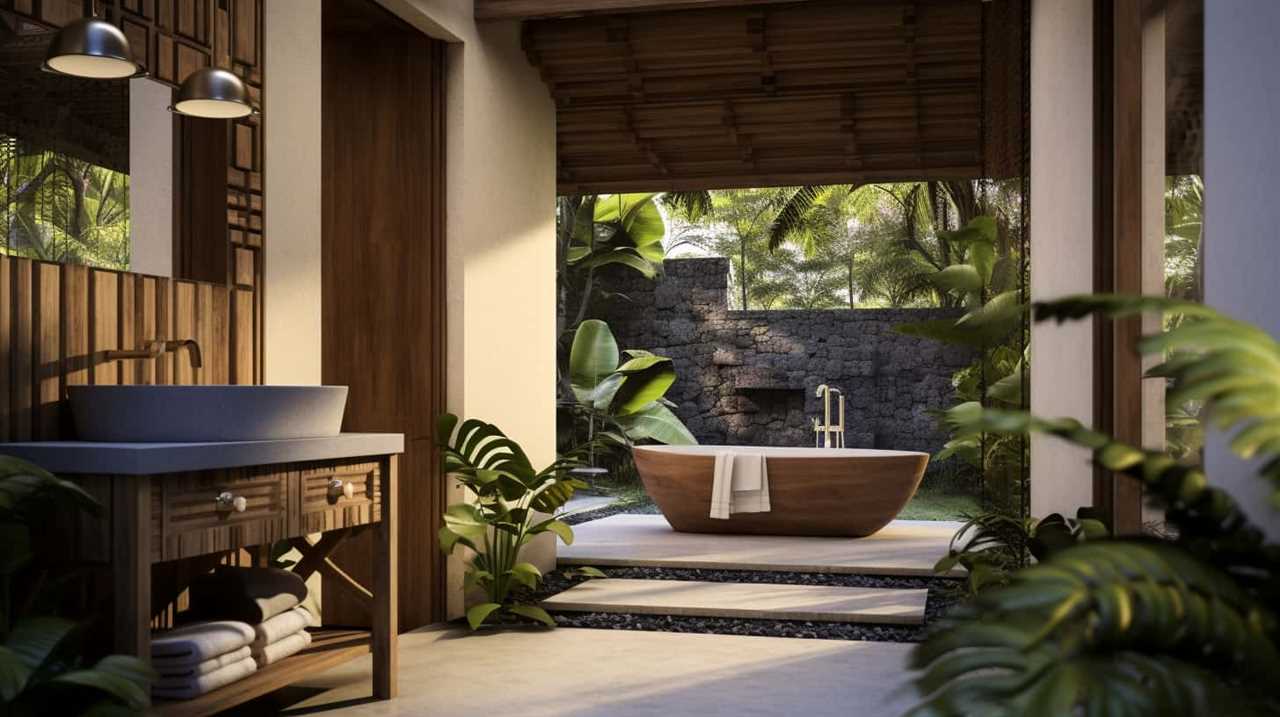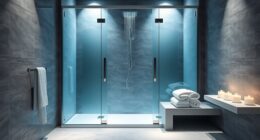Have you ever walked into a bathroom and felt a cold chill in the air? It’s a common experience for many.
But what causes this unwelcome coldness in our bathrooms? In this article, we will explore the various reasons why our bathrooms tend to be colder than the rest of our homes.
From inadequate insulation to ventilation issues, we’ll delve into the technical details and provide you with the knowledge to master a warmer bathroom.
Key Takeaways
- Inadequate insulation and poor construction contribute to a cold bathroom environment.
- Drafty windows and doors allow cold air to enter and create a chilly atmosphere.
- The absence of a heating system in the bathroom leads to discomfort and heat loss.
- Cold water pipes and poor ventilation contribute to a cold and uncomfortable bathroom experience.
Inadequate Insulation
We can feel the cold in the bathroom due to the lack of insulation. Poor construction and insufficient weatherstripping contribute to this problem. Inadequate insulation allows cold air to seep through the walls, floors, and ceiling, making the bathroom uncomfortable and chilly.
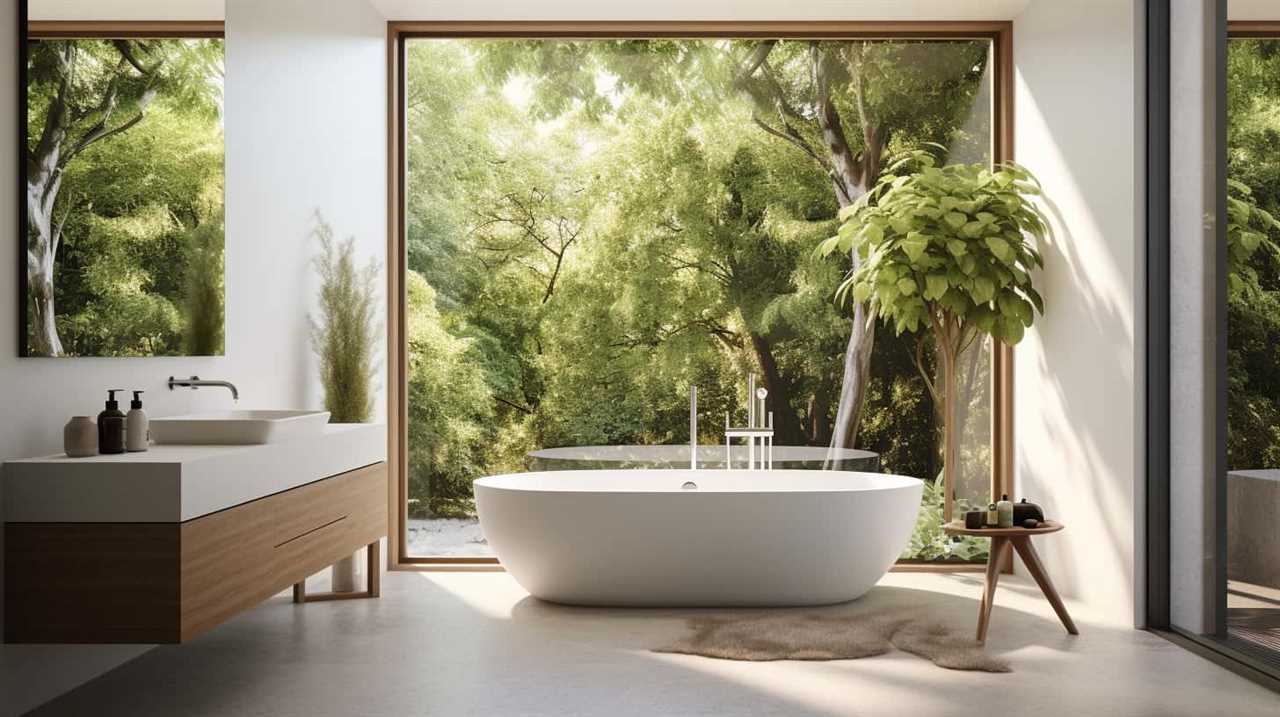
During cold weather, the absence of proper insulation prevents the bathroom from retaining heat, resulting in a constant draft. This can be especially problematic in older homes or buildings where insulation may not have been a priority during construction. Without proper insulation, the bathroom becomes susceptible to temperature fluctuations, making it an uncomfortable space to be in.
However, the issue of inadequate insulation is just one factor contributing to the overall coldness of the bathroom. Another major culprit is drafty windows and doors.
Drafty Windows and Doors
Drafty windows and doors can significantly contribute to the coldness of a bathroom. When windows and doors aren’t properly sealed, cold air from outside can seep into the bathroom, creating a draft. This draft can make the bathroom feel colder than it actually is, as the cold air mixes with the warm air inside.
In addition to the discomfort caused by the draft, it can also lead to other issues such as window condensation and increased bathroom humidity. Window condensation occurs when warm, moist air comes into contact with the cold glass surface, causing the moisture in the air to condense into water droplets. This can’t only make the bathroom feel damp but can also lead to mold and mildew growth if not addressed.
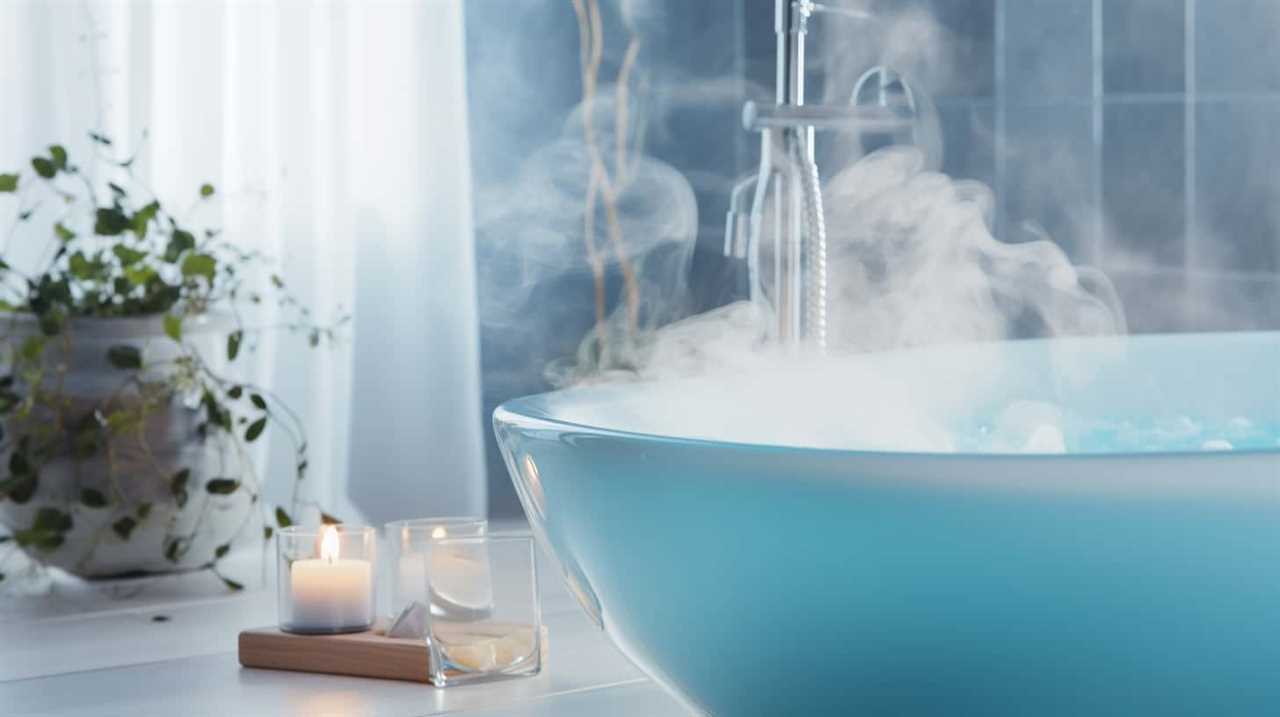
To prevent drafty windows and doors, it’s important to properly seal them and ensure that there are no gaps or cracks where cold air can enter. This can be done by using weatherstripping or caulking to seal any openings. Additionally, installing double-pane windows can also help to reduce drafts and improve insulation.
Lack of Heating System
One reason for a cold bathroom is the absence of a heating system. A lack of heating in the bathroom can lead to discomfort, especially during the colder months. Not only does a heating system help to maintain a comfortable temperature, but it also contributes to energy efficiency by preventing heat loss. With a heating system in place, you can easily control the temperature in your bathroom, ensuring that it remains warm and cozy. This not only enhances your comfort but also promotes a more enjoyable bathing experience. By investing in a heating system for your bathroom, you can improve the overall energy efficiency of your home while enjoying the benefits of temperature control.
Now, let’s move on to another factor that contributes to a cold bathroom: cold water pipes.
Cold Water Pipes
Moving on from the absence of a heating system, another factor that contributes to a cold bathroom is the presence of cold water pipes.
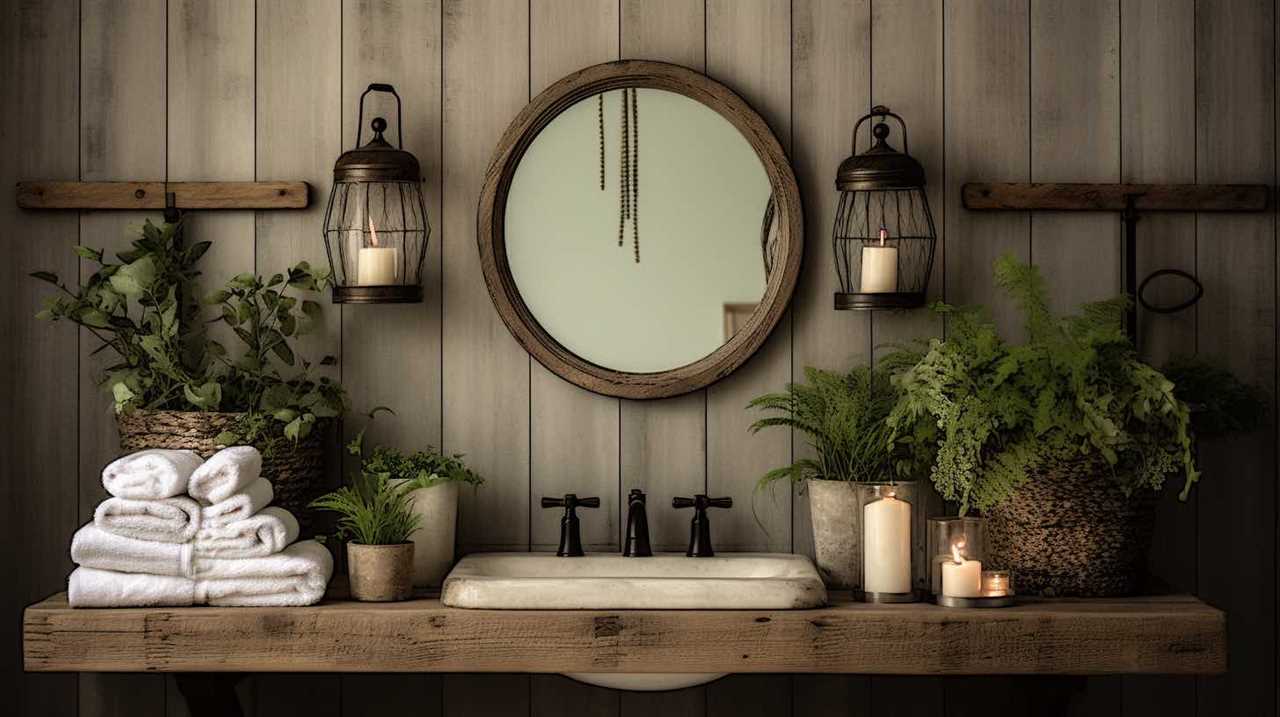
Cold water pipes are essential for delivering water to various fixtures in our homes, but they can also contribute to a chilly bathroom environment. One of the main issues with cold water pipes is the possibility of them freezing in cold weather conditions. Frozen pipes not only prevent the flow of water but can also cause damage to the plumbing system.
Additionally, cold water pipes can affect temperature regulation in the bathroom. Since these pipes are typically located in unheated areas, they can lower the overall temperature of the room, making it feel colder than it actually is.
To ensure a warmer bathroom experience, proper insulation and pipe maintenance are crucial in preventing frozen pipes and maintaining optimal temperature regulation.
Ventilation and Air Circulation Issues
We also need to address the issue of poor ventilation and inadequate air circulation in our bathrooms. Proper ventilation is crucial in maintaining a comfortable and healthy bathroom environment. Without adequate airflow, humidity levels can rise, leading to mold and mildew growth, as well as unpleasant odors.
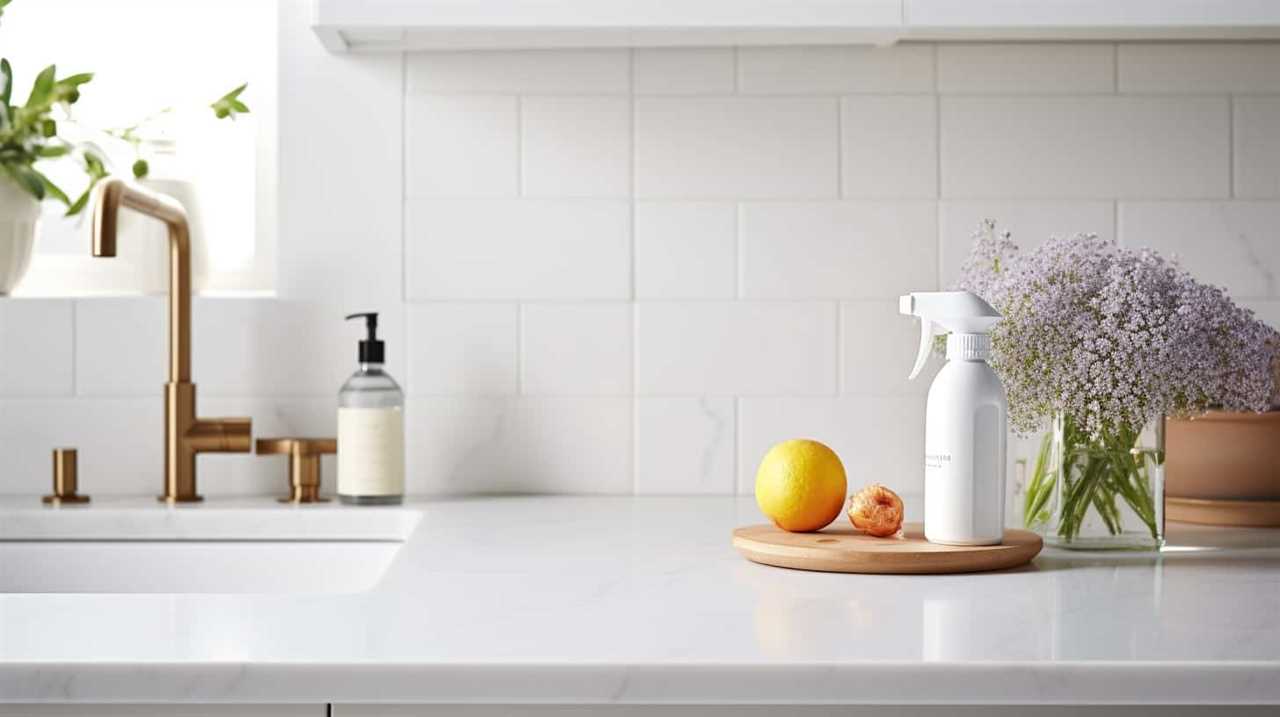
To ensure humidity control, it’s essential to properly maintain the exhaust fan. Regular cleaning of the fan blades, checking for any obstructions, and ensuring that it’s functioning optimally are necessary steps. Additionally, consider installing a timer or humidity sensor to automate the fan’s operation. This will help regulate the moisture levels in the bathroom and prevent condensation buildup.
Frequently Asked Questions
Are There Any Solutions to Address Inadequate Insulation in the Bathroom?
There are various bathroom insulation options available to address inadequate insulation. One effective solution is heated flooring, which provides warmth and comfort. It offers numerous benefits, including energy efficiency and improved thermal comfort.
How Can Drafty Windows and Doors Be Fixed to Prevent Cold Air From Entering the Bathroom?
Fixing drafty windows and insulating the bathroom are effective ways to prevent cold air from entering. We can seal gaps with weatherstripping, apply caulk around windows and doors, and install insulation to maintain a warmer temperature.
What Are Some Alternative Heating Systems That Can Be Used in a Bathroom Lacking a Proper Heating System?
To address a bathroom lacking proper heating, consider alternative heating options. Cost-effective solutions such as portable electric heaters or radiant floor heating can provide warmth and comfort.
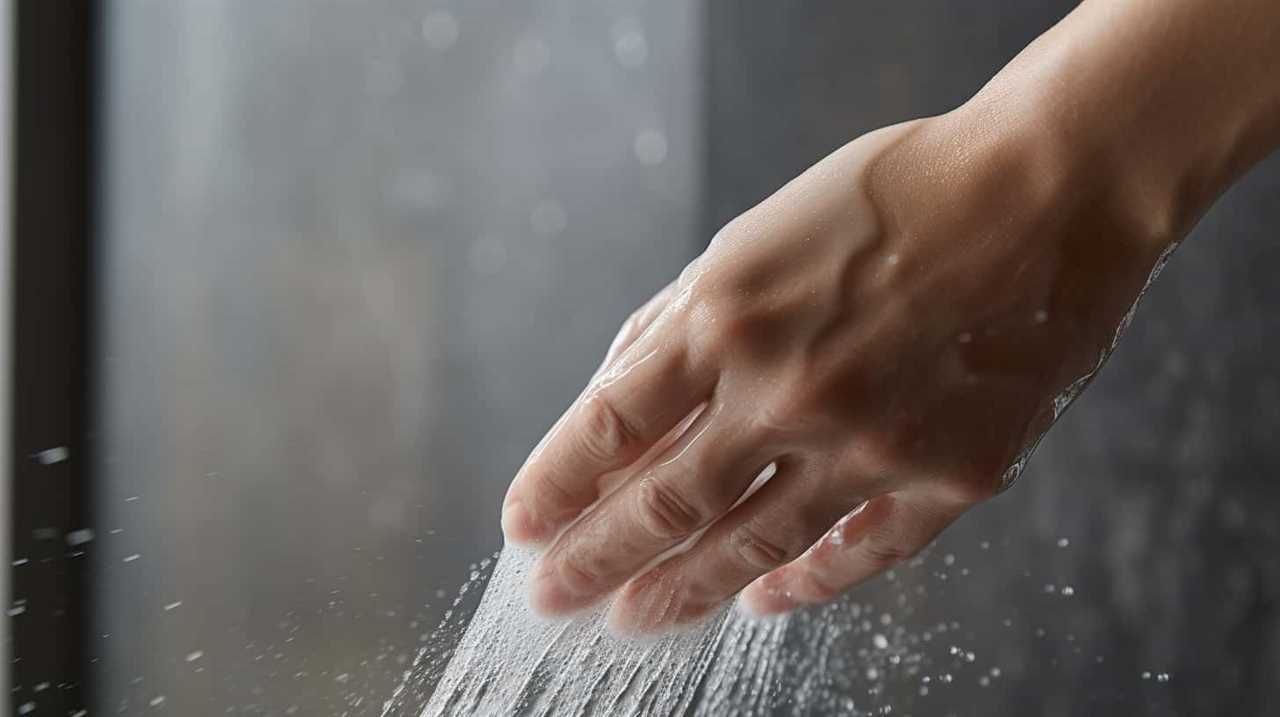
Is There a Way to Prevent Cold Water Pipes From Affecting the Overall Temperature in the Bathroom?
To prevent heat loss and insulate water pipes, we can use pipe insulation foam or tape. This helps maintain the overall temperature in the bathroom by preventing cold water pipes from affecting it.
How Can Ventilation and Air Circulation Issues Be Resolved to Improve the Warmth of a Bathroom?
To improve the ventilation in a cold bathroom and resolve poor air circulation, there are several solutions. Installing an exhaust fan, opening windows, and using a space heater are effective options.
Conclusion
In conclusion, the coldness of a bathroom can be attributed to inadequate insulation, drafty windows and doors, a lack of heating system, cold water pipes, and ventilation and air circulation issues. It’s important to address these factors in order to create a comfortable and cozy bathroom space.
By understanding the reasons behind the coldness and taking appropriate measures, we can ensure a pleasant bathroom experience for everyone. So, let’s make our bathrooms warm and inviting, providing a soothing retreat from the chilly temperatures.
